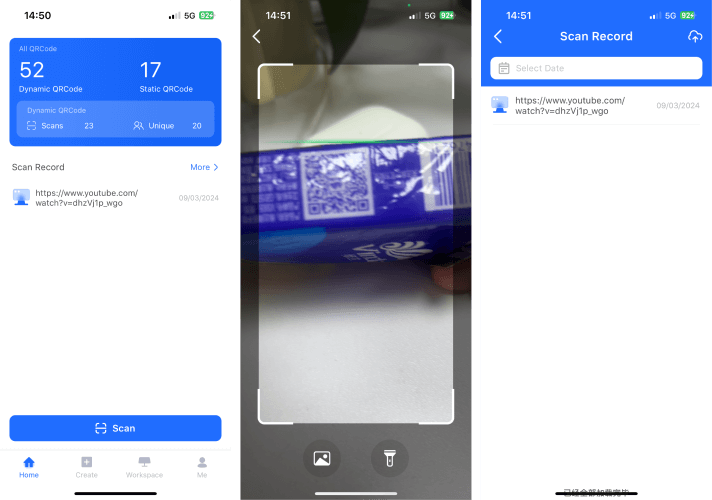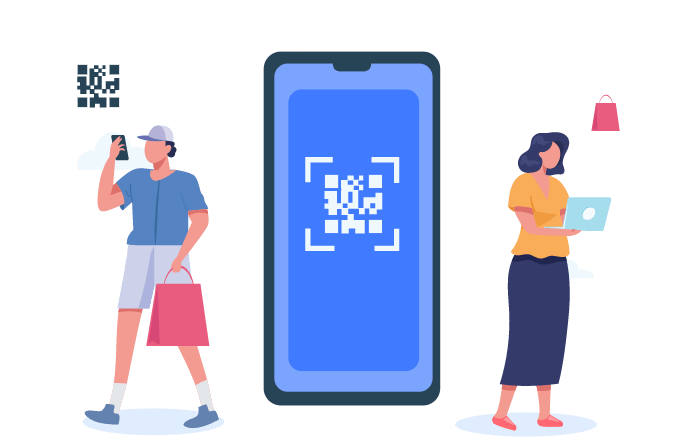In today's digital age, QR codes have become ubiquitous. From restaurant menus to product packaging, these pixelated squares provide instant access to information with a simple scan. However, as QR codes grow in popularity, so does the risk of QR code scams - an emerging threat that could put your personal data and financial security at risk.
Imagine scanning a QR code at your favorite coffee shop, only to find your bank account has been hacked a few hours later. This worrying scenario is becoming more and more common as cybercriminals take advantage of the convenience of QR codes to trick unsuspecting users.
In this article, we'll delve into the world of QR code scams, revealing how they work, the warning signs to look out for, and essential tips to protect yourself from falling victim to these digital traps.

Part 1. How QR Code Scams Work?
Understanding how QR code scams work can help you avoid being scammed.
Scammers often use some QR code generators to create large numbers of QR codes that link to malicious websites or apps. They may then print the QR codes and place them over legitimate QR codes in public places, such as restaurant menus, posters, or product packaging. They can also be shared online via email, social media, or fake websites to trick users into scanning them under false pretenses.
Once scanned, these QR codes can result in: Users being redirected to fake websites that mimic legitimate websites, prompting them to enter sensitive information such as login credentials or credit card details. Or they may trigger the download of malware onto the user's device, compromising security and potentially giving scammers access to personal data.
To protect yourself from QR code scams, read on for preventive measures.
Part 2. How to Avoid QR Code Scams
Avoiding QR code scams requires awareness and the use of techniques to verify the legitimacy of a QR code before interacting with it. Here are some tips you can take to protect yourself:
1. Be Aware
Individuals should be wary of QR codes sent unexpectedly via text or email, especially those that create a false sense of urgency. Staying informed and cautious can help protect personal information.
2. Verify the Source
Only scan QR codes from reputable and trusted sources. Be cautious of QR codes found in public places or codes handed out by strangers. If the QR code is provided by a business or service, make sure it comes from its official communication channels or website.
3. Check the physical QR code
Look for signs of tampering with the QR code, such as stickers affixed to an existing QR code. Scammers often cover legitimate QR codes with their own.
4. Use a secure QR code scanner
There are QR code scanners such as QRShow that can preview the legitimacy of a link before opening the URL. You can use them as a security check.

5. Monitor Financial Accounts
Regularly monitor your bank and credit card statements for unauthorized transactions. Early detection can help mitigate the damage.
In Conclusion
Understanding and identifying QR code scams is essential to protecting personal information. Staying informed about scams, recognizing warning signs, and staying vigilant are key steps to protecting yourself from these digital threats. By taking the effective safety measures mentioned above, individuals can greatly reduce the likelihood of falling victim to QR code scams and improve their overall online security.









Rated Successfully!
You have already rated this article!